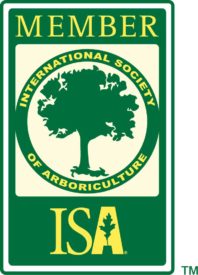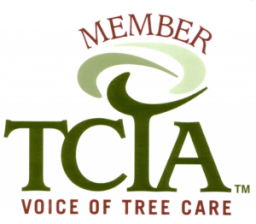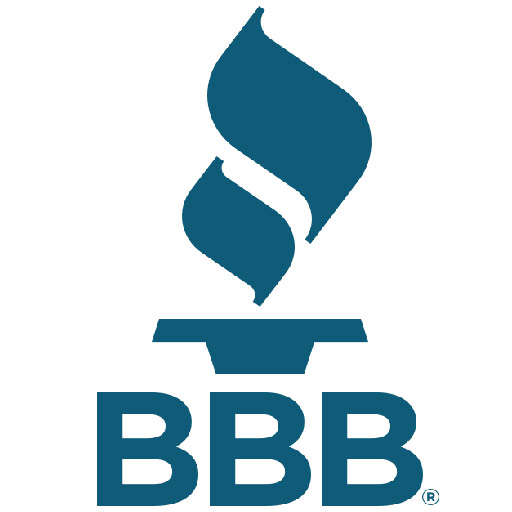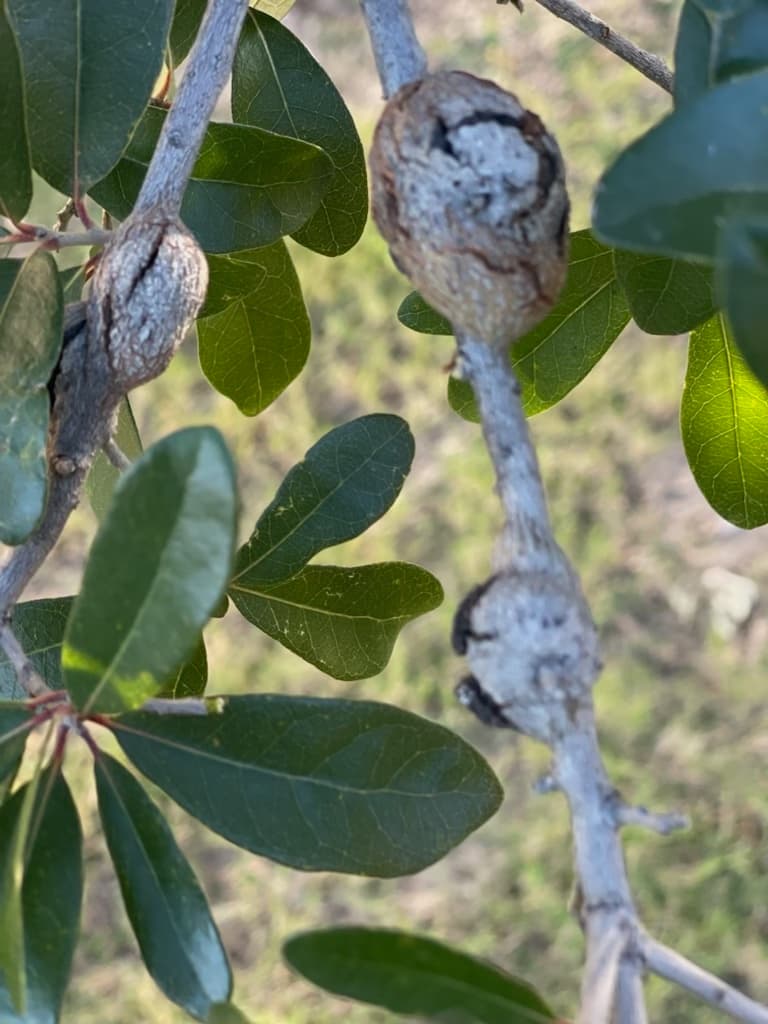READ MORE: Aphids・Bagworms・Beetles・Gypsy Moth・Oak Gall・Termites・Twig Girdlers・Webworms
Oak Gall Treatment in Fort Worth, TX
ISA Certified Arborist That Treats Oak Gall
Also known as oak apples, oak galls are the common name for odd, large round growths that are up to two inches in diameter and are found on a variety of oak trees prevalent throughout Fort Worth. These unsightly formations range from yellowish shades to brownish-reds and typically appear in early spring. Affected trees will exhibit branches falling, premature defoliation, and appear scorched.
The galls usually do not cause permanent damage to the tree if early treatment is administered; however, the advanced infestation will ultimately destroy the oak. Contact an experienced tree company promptly when your oak tree has manifested galls or the above-stated symptoms, or it is exhibiting signs of a sick tree.
Oak Gall Treatment in Fort Worth, TX, call (817) 880-6130 for an Oak Gall diagnosis!
Diagnosing Oak Gall
The large galls occur when non-stinging wasps lay their eggs on the invaded tree’s branches, twigs, or foliage. These wasps inject a hormone into the tree’s tissue that forms the gall and protects the wasp larvae. Oak trees that are stressed, weak, wounded, or in declining health are vulnerable to infestation by these gall-forming wasps.
The insects overwinter in ground debris. Request a tree health assessment by a certified arborist. The tree and habitat grounds will be closely inspected, and a definitive diagnosis report will be provided. The determined treatment will be administered by an arborist that treats sick trees, and a one-year warranty is provided with the treatment.
Treatment Of Oak Gall
A professional tree removal company must do immediate removal and destruction of severely affected trees and all ground debris. Pruning gall-infested branches by a tree pruning service will prevent the continued spread of the insects. The galls must be immediately crushed or burned and discarded immediately. Birds are predators of these destructive insects, and hanging bird feeders will aid in reducing the insect problem. Insecticide applications are successful when scheduled and applied by a tree care specialist.
Maintaining the health of your trees with deep root fertilization is the best way to prevent wasp invasion and oak gall formation. The highly-trained tree expert injects under pressure the specific liquid nutrients the tree needs directly into its root zone. Trees that receive this important treatment annually are 95% more resistant to insect infestations and tree diseases.
Guard your valuable oak trees by entrusting their care and your outdoor residential environment to the best arborist in Fort Worth, Texas. We have been protecting the health of the trees within our community for many years. Our certified arborists, tree doctors, and arbor care professionals are devoted to providing you with the best tree healthcare service available at the best price.
Contact Us For Oak Gall Treatment in Dallas-Fort Worth, TX
Contact the best arborist in Fort Worth, Texas, at (817) 880-6130 and schedule your complimentary consultation. Our team of highly experienced and knowledgeable certified arborists, tree doctors, and arbor care professionals are devoted to caring for the trees within our community and providing you with the best service at the best price.
If you have Oak Gall on your property, call (817) 880-6130 for a free consultation from a certified arborist in Fort Worth, TX.
Tree Insects
Listed below are common tree insects (pests) found in Texas trees.
Aphids
A white soft body insect that creates a sticky "honey dew" structure on limbs or leaves, blocking nutrients.
Bagworms
Bagworms lay eggs that create small cone-shaped structures less than three inches in length.
Beetles
An invasive wood borer that is subject in all wood tissue that causes severe decline in trees health.
Gypsy Moth
A larva that boars into leaf structure that cause lesser of a foliation and decline in overall leaf structure.
Oak Gall
A growth deformity known as a "gall" commonly occur on oak trees subject to branches and other structures.
Termites
Termites, wood-destroying insect, eats away at all wood tissue, damaging the structures of the trees.
Twig Girdlers
Being a member of the long-horned beetle family, these girdlers are known to eat leaf and other tree areas.
Webworms
These caterpillars spin white webbing bag nests in tree branches and eat your tree foliage (leaves).
Certifications




Our Reviews

A+ BBB Rating based on 31 BBB Reviews
4.6/5.0 based on 36 Facebook Reviews

Arborist USA is Rated 4.9/5.0 based on 109 Google Reviews
4.5/5.0 based on 14 Yelp Reviews

